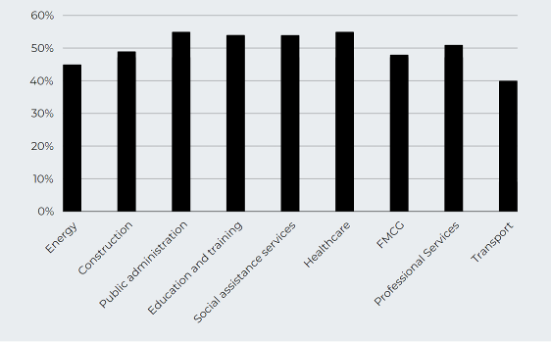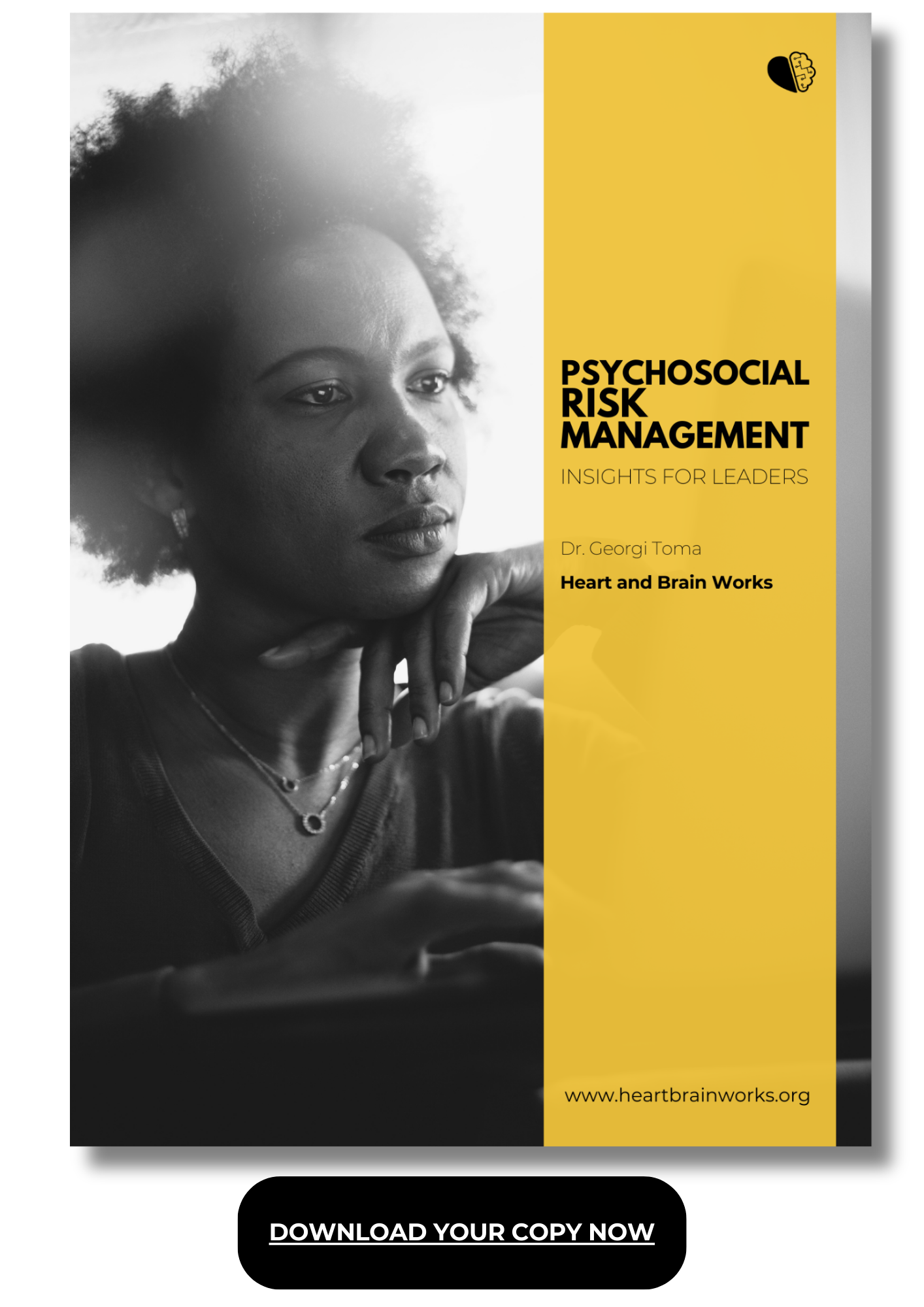Addressing High Workload as a Psychosocial Hazard
)
When we talk to organisations and ask them what risks they suspect might be present in their workplace, what do you think tops their list? Yes, that's right. High workload. You might not be surprised by this answer and perhaps you might even think this holds true for your workplace as well.
In this article we will explore what data from Psychosocial Hazards Audits and Risk Assessments reveals about the prevalence of high workload, its underlying causes, as well as effective strategies for managing and mitigating the risks associated with it.
Understanding High Workload – Why is it relevant?
The consequences of an excessive workload are far-reaching, affecting both physical health and mental wellbeing. Research highlights health risks associated with long working hours.
Working 55+ hours per week is associated with an estimated 35% higher risk of a stroke and a 17% higher risk of dying from ischemic heart disease, compared with working 35-40 hours a week.
Source: Pega, F., et all. (2021). Global, regional, and national burdens of ischemic heart disease and stroke attributable to exposure to long working hours for 194 countries, 2000–2016: A systematic analysis from the WHO/ILO Joint Estimates of the Work-related Burden of Disease and Injury. Environment International, 154, 106595.
Working 55+ hours per week makes you 416% more likely to develop burnout.
Source: Prof Jarrod Haar. AUT. https://www.aut.ac.nz/news/stories/flames-in-the-nz-workforce
Scenario Analysis
Let's look at a scenario together:
Eric has been working for organisation Y for 6 months. During this time, he consistently felt his workload was so high he couldn’t complete it during regular work hours, so he frequently works late. He noticed his colleagues and manager do the same. In fact, it seems to be a given that working overtime without compensation is the norm. Everyone is very committed to their work and they seem to take their ‘busyness” as a badge of honour. Eric is finding that this is affecting his personal life so he decides to do his best to work faster. He finds however that even though he focuses and works fast, the system he uses is very slow and clunky. Learning to use it was difficult given that the training material didn’t quite address the problems he was encountering and his colleagues had not always been helpful either because they were too busy or they didn’t know how to help. Eric also finds it frustrating that he needs information from different teams to complete his work and that this information is saved on different drives. He is also not sure who to contact in different teams to ask for support and he often gets abrasive answers from members of one team in particular. He finds himself wasting a lot of time trying to retrieve the information he needs without asking them for help.
Take some time to reflect on these questions:
- What are the red flags in this scenario?
- What psychosocial hazards are at play? What is underpinning the perception of high workload
- What would you do if you were Eric’s manager?
- What would you do if you were Eric?
- What can be done right now to intervene and support Eric?
- What preventative steps could have been taken and at what point?
Insights from Heart and Brain Works (HBW) Psychosocial Hazards Audits and Risk Assessments
You might not be surprised to see high workload on the list of the most common hazards, even in the legislation. But does the data support this perception?
The answer is yes and no.
Yes, in the sense that perception of high workload is indeed very prevalent across different sectors as you can see in the graph below.

However, when we look deeper, the data starts to tell a slightly different story.
High workload means the amount of work exceeds what can realistically be done in the standard amount of work time. In roughly about 30% of our clients, the data indeed supports the fact that staff members have unrealistic workloads. The underlying causes are most often high staff turnover and staff shortages or rapid growth.
What about the other 70%? The story gets interesting here. What the data shows us is that perceptions of high workload are actually underpinned by a mix of other hazards. The most common scenario is that ineffective work systems cause tasks to take longer than average, which creates a backlog of work and the impression that the amount of work is high. Often times, added to this mix is lack of role clarity. So, staff use a lot of working time trying to figure out what they should do and who to ask for support.
Another common underlying factor is lack of clarity around processes. What are the steps to follow to complete this task? Which team does the next step? Who in that team will give me the information I need? This uncertainty means staff use time and cognitive energy trying to find the right answers. And the result often is depletion of energy and resources. And, of course, the perception of high workload.
How to identify high workload
Here is a checklist that can help you identify if high workload might be impacting your people:
- Is there an unspoken acceptance of high workload as ‘normal’ and ‘required’ in your organization?
- Are your systems creating stress for your employees?
- Are your processes unclear/too complex?
- Is cross-team collaboration ineffective?
- Are there a lot of disrespectful behaviours tolerated in your organization?
- Is there an implicit expectation to be ‘always on’, even when on leave?
- Is workforce planning ineffective/absent in your organisation?
- Do you have staff shortages?
- Are you experiencing rapid growth?
- Do your people have to process a lot of information and make a lot of decisions?
Most common factors contributing to perception of high workload from HBW Psychosocial Hazards Audits & Risk Assessments:
- Ineffective work systems
- Unclear processes
- Lack of role clarity
- Role conflict
- Incivility
- Ineffective communication (‘always on’ culture)
- Ineffective workforce planning
- Staff shortages
- Rapid growth
- High cognitive load
Strategic Approaches to Managing High Workload
Creating a healthier workplace requires a comprehensive strategy that includes:
- Leadership Commitment: Leaders, especially executive leaders, play a pivotal role in addressing psychosocial hazards. Their commitment to understanding and acting on these issues is crucial for meaningful change. Without commitment from executive management to address psychosocial risk, the chances of success of any intervention are slim.
- Identifying Underlying Causes: A thorough analysis to uncover the root causes of high workload enables targeted interventions. This type of analysis is in fact crucial for all risk factors and it is often achieved through a combination of quantitative and qualitative data analysis and a methodology sophisticated enough to analyses psychosocial factors in relation to one another and not in isolation.
- Training and Education: Equipping managers with the knowledge to recognize and mitigate psychosocial hazards, alongside training staff on psychosocial risk, their responsibilities and reporting procedures, is essential. Your line managers in particular play an important role in the identification, reporting and controlling of hazards. Their actions are likely to be scrutinised during regulator investigations.
- Targeted Interventions: Solutions should focus on identifying psychosocial risk accurately and implementing effective controls. Often times organisations do not deploy an effective approach to psychosocial risk identification. They use surveys that do not have a sophisticated enough data analysis algorithm to account for the complexity of psychosocial hazards and how they interact with one another.
Embracing the Challenge
Addressing high workload is not just about hiring more people. It's about creating an environment where employees can thrive without being overwhelmed. By focusing on the root causes and implementing strategic interventions, we can make significant strides toward a healthier workplace.
Join Dr. Georgi Toma’s sessions on Psychosocial Risk Management on the Spotlight Stage on 22 May at 10.40am.
Download our White Paper on Psychosocial Risk Management to get more insights.
Chat to us at the Workplace Health & Safety Show in Melbourne on Wednesday 22 – Thursday 23 May. Or join our session on the Spotlight Stage!
Register now to access your FREE ticket: www.whsshow.com.au


